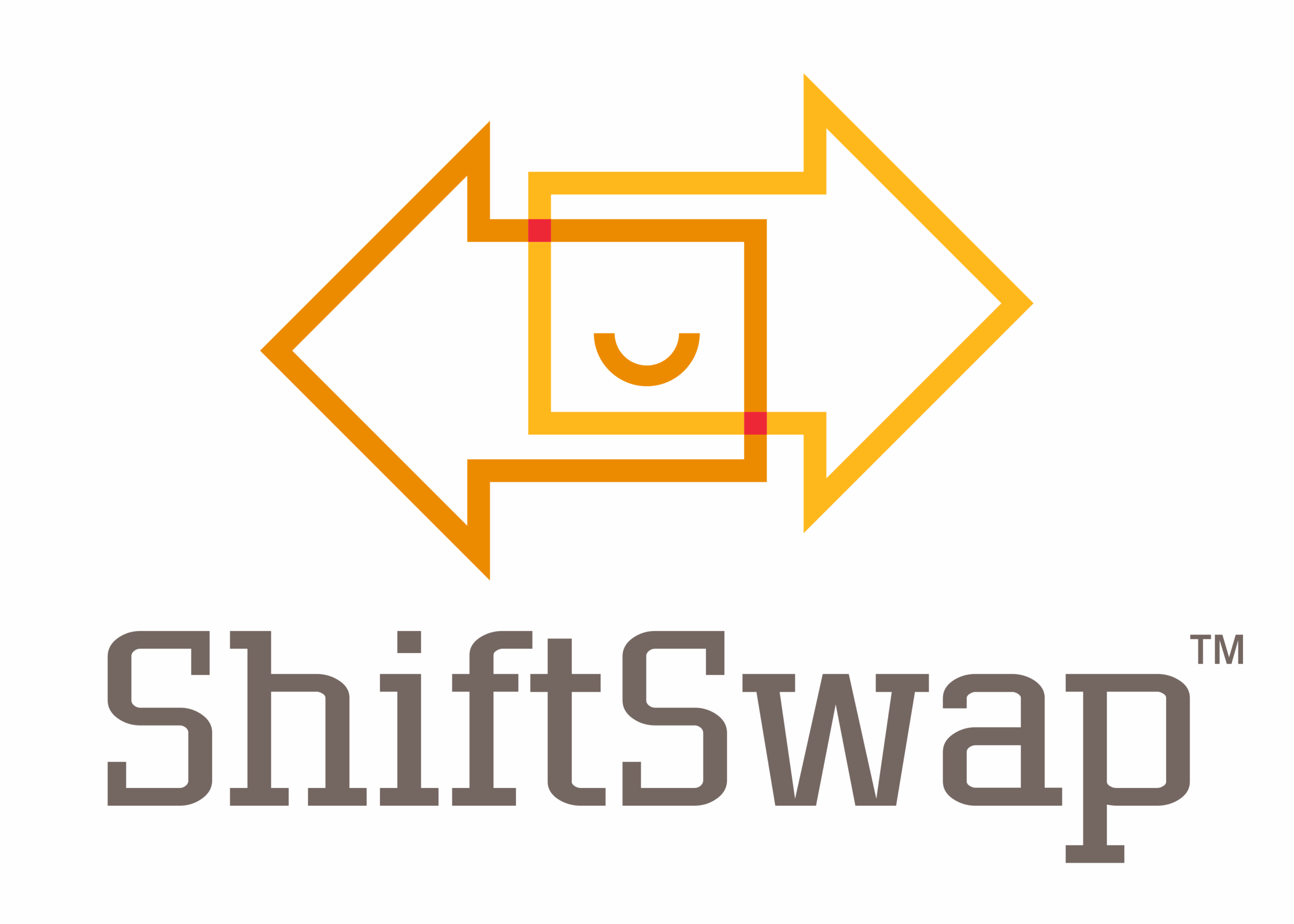Tariffs Without Recession: How Businesses Can Remain Agile
In a recent article in Sherwood News, titled “Investors and CEOs have completely ditched the idea that tariffs will cause a recession,” author Luke Kawa highlights a notable change in how corporations and the markets are thinking. While tariffs are still a hot topic, the automatic belief that they will lead to a recession is quickly losing ground.
Interestingly, while the mention of “tariffs” during earnings calls is still higher than what we’ve seen historically, references to “recession” have plummeted to their lowest levels since 2005. The change signals that America’s corporate leaders, along with Wall Street, are adopting a more sophisticated perspective. Instead of viewing tariffs as a disaster waiting to happen, they’re now seen as challenges that can be navigated.
For those in operational leadership, this change in mindset is crucial. Even if tariffs aren’t currently pushing the economy into a downturn, their effects on costs, pricing, and supply chain efficiency still require careful strategic planning.
Tariff Pressure vs Recession Fears
The numbers paint a pretty clear picture. According to The Conference Board, only 36% of executives surveyed think a U.S. recession is on the horizon in the next 12 to 18 months. These predictions are a significant drop from 83% just a quarter ago. Similarly, Bank of America’s fund manager survey reflects this shift: back in April, 80% believed a trade war could spark a global recession, but by August, that number plummeted to just 29%, even as average U.S. tariff rates rose from 12% to 15%.
In essence, the link between tariffs and recession fears seems to have unraveled. Businesses are showing more confidence in their ability to adapt. However, this adaptation doesn’t come without its costs; it often manifests as operational tweaks, changes in suppliers, and adjustments in workforce planning.
Making Tariffs Manageable
The inflation data backs up this narrative of resilience. In July, core inflation saw only a slight increase, indicating that while tariffs might be putting some pressure on prices, they aren’t throwing the broader economy off balance. In fact, the forward 12-month earnings-per-share estimates for the S&P 500 are hitting record highs, largely thanks to the AI-driven growth of major tech companies.
That said, the situation isn’t uniform across the board. Companies like 3M have successfully navigated tariff challenges and continue to provide strong guidance. On the flip side, others like Under Armour have faced difficulties, with rising import costs squeezing their margins. Analyst Omair Sharif, President at Inflation Insights, notes that a wider array of goods are now seeing price hikes linked to tariffs, suggesting that inflation is likely to persist in certain sectors.
So, what’s the takeaway? While tariffs may remain a constant hurdle, they’re increasingly viewed as just one of many factors influencing corporate strategies, rather than the sole driving force.
Corporate Adaptation & Supply Chain Resilience
If tariffs aren’t throwing a wrench in the economy, it’s mainly because companies have learned to adapt. Michael Feroli, the chief U.S. economist at JPMorgan, points out that the actual tariffs being paid (“dynamic rates”) have increased by about 25% less than initial projections. This is largely due to businesses changing suppliers and reorganizing their supply chains. While this adaptability does come with its own set of costs, such as higher prices from new suppliers and the expenses involved in changing sourcing, it also helps spread risk and keeps operations running smoothly.
The employment data backs up this adaptability. The unemployment rate remains steady at 4.2%, with many industries managing to keep their workforce intact despite the pressures from tariffs. Although sectors like manufacturing and wholesale trade are feeling some strain, their challenges often have links to other issues, such as reduced immigration, which makes it tough to pinpoint the exact impact of tariffs.
For those in supply chain, logistics, and distribution, the takeaway is clear: resilience stems from flexibility, not just in sourcing materials, but also in managing labor.
Consumers Are Holding Steady for Now
Consumer spending trends provide another layer of understanding. According to Bank of America’s July report, there was a 0.6% month-over-month increase in card spending, adjusted for seasonal changes. These numbers show a modest yet significant rebound after a sluggish first half of the year, when uncertainty around tariffs and immigration policies weighed heavily on household spending.
If consumer demand holds steady, businesses can continue to operate at current volumes. But if inflation pressures or tariff costs begin to bite more deeply into wallets, a slowdown in spending could ripple through supply chains, reducing the volume of goods moving from factories to warehouses to store shelves.
And that’s where proactive labor management becomes essential.
ShiftSwap™: Flexible Shift Management for Tariff-Driven Demand
Even in the absence of a recession, a dip in consumer spending can push businesses to adjust their labor costs to align with lower demand quickly. This is especially true for industries that operate at high volumes and fast paces. Consider distribution centers, manufacturing plants, and logistics sites.
With ShiftSwap™, managers have a straightforward and immediate solution to tackle tariff-era demand. The platform offers:
- Voluntary Time Off (VTO) postings for full or partial shifts when volume is low.
- Peer-to-peer shift coverage allows teams to adjust their schedules without requiring management to spend hours coordinating.
- Instant notifications via SMS or email so staffing changes happen in real time.
For instance, if a warehouse expects a drop in order volume due to sluggish consumer activity, managers can post VTO shifts, giving employees the option to cut back their hours voluntarily. Approaching shift management this way helps avoid overstaffing, cuts down on labor costs, and keeps morale high.
In an unpredictable demand environment, ShiftSwap™ flexible shift management ensures labor resources are in sync with operational needs, all while avoiding unnecessary payroll expenses.
The Importance of Flexibility in a Tariff-Driven Economy
While tariffs may not be pushing the economy into a recession at the moment, they certainly bring a level of uncertainty. Prices for certain goods might rise, supply chain costs could change, and demand may vary. Businesses that can precisely align their labor with operational needs will be better equipped to navigate these fluctuations.
Traditional scheduling systems, especially those bundled into “all-in-one” HR platforms, often lack the flexibility to make quick adjustments. That’s where specialized tools like ShiftSwap™ come into play, enhancing existing HR systems without the hassle of complex integration.
By using ShiftSwap™, companies protect their bottom line, maintain workforce satisfaction, and avoid the inefficiencies of scrambling to adjust schedules manually.
Increasing Flexibility in Your Operations to Adapt
The conversation around tariffs has shifted. They’re no longer seen as a guaranteed path to recession, but rather as a challenge that, while significant, can be tackled with efficient strategies. Business leaders are demonstrating that being flexible in sourcing, operations, and labor management can help mitigate the effects of changes in global trade.
However, uncertainty is still a factor. Consumer demand can change in the blink of an eye, and when it does, being able to match labor with actual workload becomes essential. That’s why ShiftSwap™ flexible shift management for tariff fluctuating demand isn’t just a nice-to-have; it’s a key competitive advantage.
To discover how ShiftSwap™ flexible shift management can streamline your operations, making them more agile and cost-effective during unpredictable times, head over to ShiftSwap.com and book your demo today.
Start Planning for Success
Schedule a demo with ShiftSwap™ today and learn how to streamline your workforce management.

